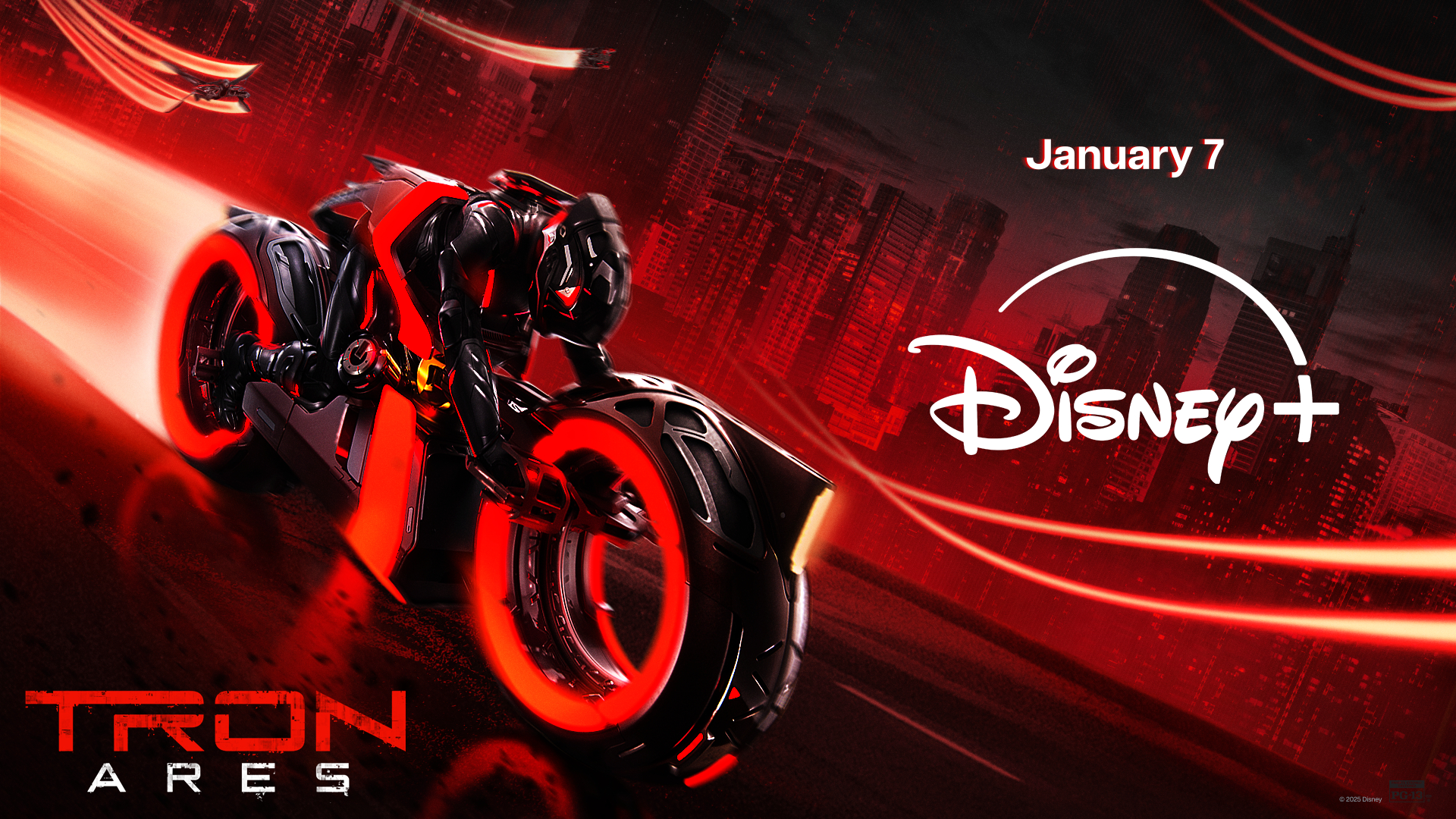Whoa! Incredible Video Shows a SpaceX Rocket Fairing Plunging into the Ocean
It's a long way down as a rocket and its fairing part ways during a launch. An incredible video shows that journey for the nose cone SpaceX will reuse during its next Falcon 9 launch.
SpaceX is pushing its reusability even further, as the company plans to refly that rocket piece for the first time on its next mission, on Monday (Nov. 11). The California-based company will refly a payload fairing, which is used to protect a spacecraft during launch as the rocket is blasting through the atmosphere. "The fairing supporting this mission previously flew on Falcon Heavy's Arabsat-6A mission," SpaceX said in a tweet sharing footage of the fairing's previous voyage.
The video shows the view from one-half of the fairing above Earth as the fairing separated from the Arabsat-6A communications satellite in April. As that spacecraft blasts away, the fairing camera shows the disk of Earth shining in the distance. The fairing gently rotates, flapping slightly and offering the camera a view of the sun, the blackness of space and Earth once more.
Related: SpaceX's 1st Starlink Megaconstellation Launch in Photos!
During the Arabsat-6A launch, both fairing halves safely splashed down in the ocean and were retrieved. They will fly again on SpaceX's Starlink 1 mission, in which 60 Starlink satellites will fly to space from Space Launch Complex 40 at Cape Canaveral Air Force Station in Florida.
SpaceX has made rocket reusability its priority, working for years to safely land its Falcon 9 rocket booster consistently on a drone ship in the Atlantic Ocean. The company's success rate has been increasing over the years, making it easier for the company to reuse these boosters.
SpaceX also uses boosters for its Falcon Heavy rocket, like the one this fairing last flew on. (SpaceX uses identical fairings on both rockets.) The Falcon Heavy is designed to have a reusable core and two reusable boosters. The core lands on the drone ship, while the boosters touch down near the launch site.
Breaking space news, the latest updates on rocket launches, skywatching events and more!
You can watch the Falcon 9 launch 60 Starlink satellites live on SpaceX's YouTube channel or here at Space.com. The 11-minute launch window is currently scheduled to open on Nov. 11 at 9:51 a.m. EST (1451 GMT).
- SpaceX's Starlink Constellation Could Swell by 30,000 More Satellites
- SpaceX's Starlink Broadband Service Will Begin in 2020: Report
- 'Whoa, It Worked': Elon Musk Tweets Via SpaceX's Starlink Satellites
Follow Elizabeth Howell on Twitter @howellspace. Follow us on Twitter @Spacedotcom and on Facebook.


Elizabeth Howell (she/her), Ph.D., was a staff writer in the spaceflight channel between 2022 and 2024 specializing in Canadian space news. She was contributing writer for Space.com for 10 years from 2012 to 2024. Elizabeth's reporting includes multiple exclusives with the White House, leading world coverage about a lost-and-found space tomato on the International Space Station, witnessing five human spaceflight launches on two continents, flying parabolic, working inside a spacesuit, and participating in a simulated Mars mission. Her latest book, "Why Am I Taller?" (ECW Press, 2022) is co-written with astronaut Dave Williams.

